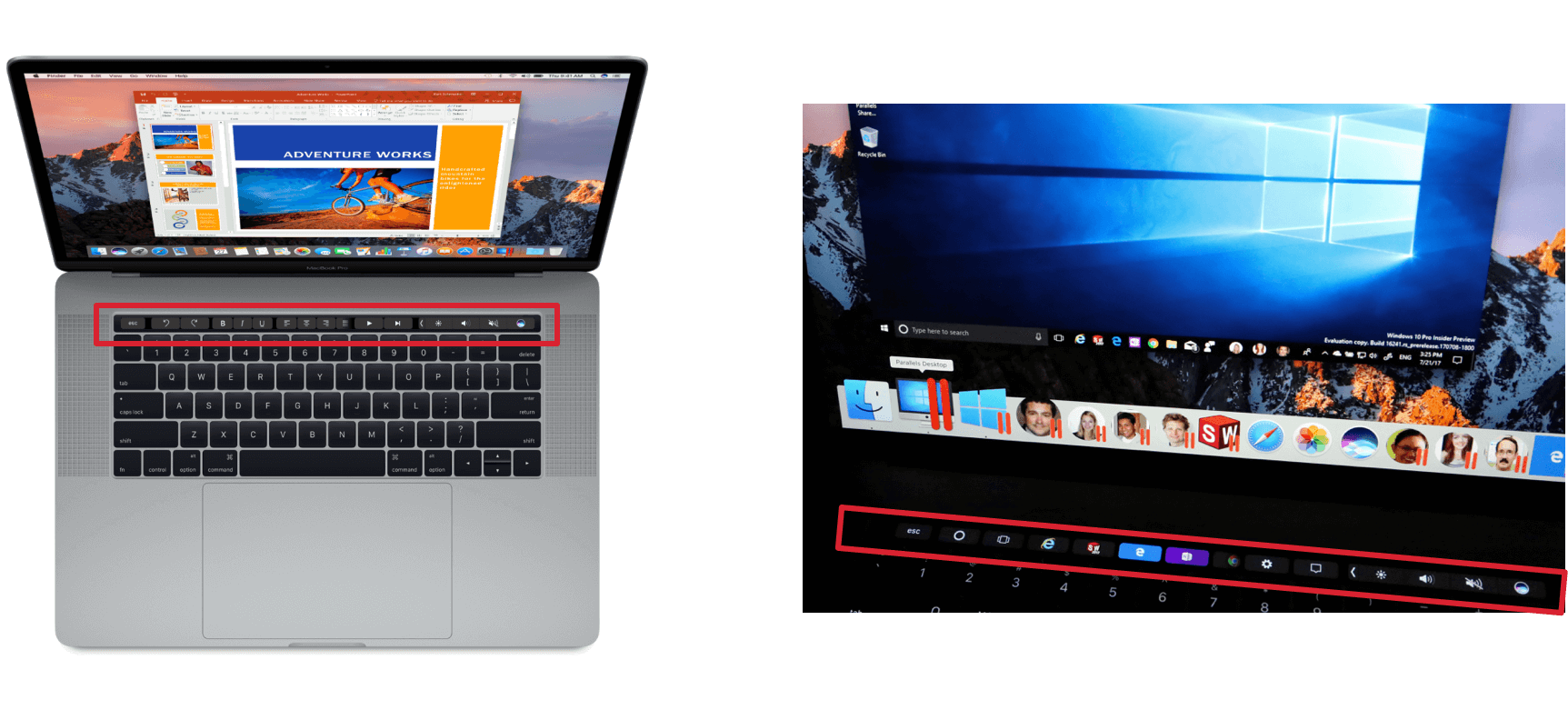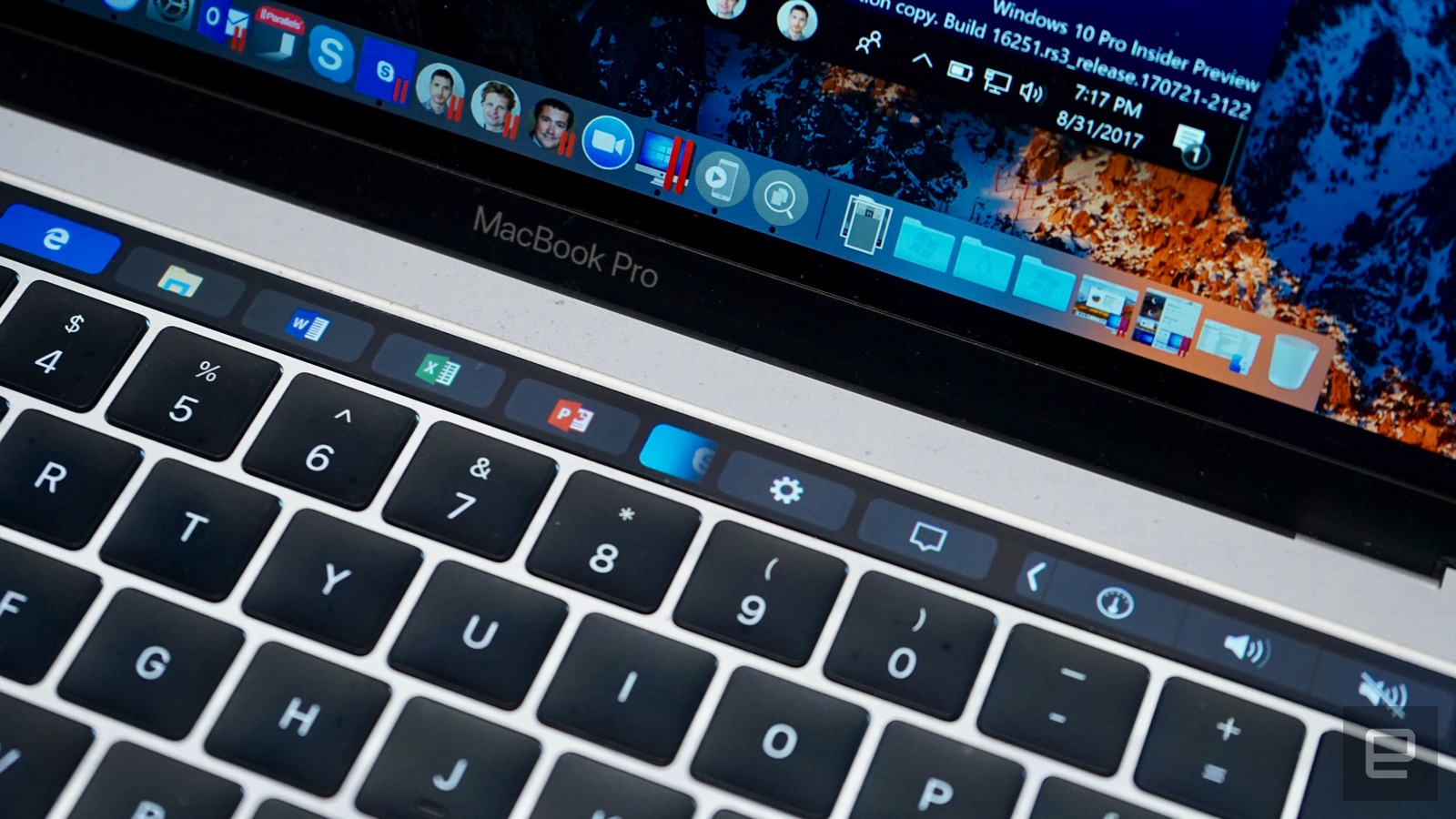Parallels Desktop 13 Crack might be the first solution that gives Apple customers the capacity to run Windows, Linux or some other working system and their critical apps on the other hand as Mac OSX on any Intel-powered iMac/Mac Mini/MacBook/MacBook Pro.
Parallels today announced of its desktop virtualization software for Mac, offering macOS Mojave support out of the box and significantly improved application launch speeds over the previous version. This update puts a heavy focus on enhanced storage optimization, with Parallels Desktop being around 20-30 percent smaller than earlier releases. The company says virtual machines can also save as much as 20GB of additional disk space depending on how they're configured. Elsewhere, the developers have optimized the compression of memory states saved with the Snapshots tool, which takes on average 15 percent less storage space, while a new disk space wizard provides users with suggestions on how to economize storage, with advice on managing multiple virtual machines and VM snapshots. In addition, Parallels 14 introduces several Windows features for use in macOS. For example, Microsoft Ink is now available for editing Office documents, and stylus support has been added to CorelDRAW, Fresh Paint, PowerPoint, Adobe Illustrator and Photoshop.
Parallels Desktop also now includes Touch Bar features on compatible MacBook Pros for OneNote, AutoCAD, SketchUp, Microsoft Visio, and other apps, while a Touch Bar wizard offers users the ability to customize Windows app shortcuts from Apple's OLED function strip. Lastly, Parallels Toolbox has received some additional Mac features including new options to screenshot entire web pages, resize images and perform memory consolidation functions. Parallels Desktop 14 for Mac is available from August 23. Existing Parallels 12 and 13 users can upgrade to the new version for $50. New users can sign up for an $80 a year subscription or make a one-time purchase of Parallels 14 for $100.
Parallels Desktop 14 Pro Edition and Business Edition both cost $100 per year. Note that a Windows license is not included in the software and must be bought separately. doublepost=/doublepostI've bought and used every release of Parallels since version 3 up to and including version 13.
I've had problems over the years but on the whole it's been good enough and did what I needed, so a reasonably happy customer who then went off and deployed their Parallels Cloud Server software at my company on the basis of that. I won't be upgrading to version 14 though. One area that Parallels desktop has fallen behind other similar products is on the licensing front. These days I don't do all my work on a single desktop computer, I want to be able to continue working on my MacBook when I'm not sat at my desk. To do this with Parallels desktop you need to buy multiple licenses or move the single license between computers which is both clunky and limited in that it will stop working if you make too many transfers. Parallel's main competitor for this product is VMware Fusion, which is now more than good enough feature wise, but in addition VMware has worked out that the license should be associated with the person, not with a specific computer, presumably on the principle that I'm only working on one computer at once. So far Fusion is doing what I need and since it offers easy deployment of virtual images to their server software, guess what I'll be looking to deploy as new server software?
Parallels Desktop Macbook Pro 13 For Mac Download
Parallels suck. Overpriced for offering only partial Windows support. I made the mistake of paying but 2 weeks after I canceled the renewal. I need to use mainly Linux and secondary Windows on VMs. Their support is horrible and man they are pricey. I moved to VirtualBox since it's free, it gets updated more often and I don't use any graphic acceleration applications.
They weren't capable to update their Parallels Tools installer for the latest kernel versions of Linux. Maybe there are features others consider worth paying for but. Fooled me once and its enough.
You can use Apple's built-in, which will require you to partition your hard drive in order to make a space for the new operating system. You don't, however, have to partition your hard drive in order to use Windows on a Mac.
You can use a virtual machine instead. A virtual machine is what it sounds like.
It's a virtual simulation of a real machine. You can install a virtual machine program onto your Mac and use it to open and run a full operating system like Windows, right on your desktop without having to partition your hard drive at all. You can have both operating systems running at the same time! One of the most popular virtual machine programs for Mac is. It's been around for a long time and is kept up to date with support for the latest computers and operating systems. Here's how to get Parallels Desktop on your Mac and then install and run Windows 10 from within your macOS operating system without having to switch hard drive partitions. Check your system and hardware requirements Before getting started with this guide, make sure you have the minimum requirements for hardware.
Here are the hardware system requirements to install Parallels Desktop. A Mac computer with an Intel Core 2 Duo, Core i3, Core i5, Core i7, Intel Core M or Xeon processor. 4 GB of memory (8 GB recommended). 850 MB of disk space on the boot volume (Macintosh HD) for Parallels Desktop installation. Additional disk space for virtual machines (varies by operating system installed). SSD drive is recommended for better performance.
Internet connection for product activation and select features Your Mac operating system should also be no older than four years. macOS High Sierra 10.13. macOS Sierra 10.12.5 or later.

OS X El Capitan 10.11.6 or later. OS X Yosemite 10.10.5 or later Additionally, your Mac must be able to support Windows 10. MacBook Pro (2012 and later).
MacBook Air (2012 and later). MacBook (2015 and later). iMac (2012 and later). iMac Pro (2017 and later). Mac mini (2012 and later). Mac mini Server (Late 2012). Mac Pro (Late 2013) Before you start: Back up your Mac This is one of those aweful mistakes that people make, thinking that they don't need to back up their Mac before doing something big.
First offf, you should be backing up your Mac on a regular basis, but even if you don't do so multiple times per day, you should definitely do so right now, before you continue with this guide. How to run Windows on Mac using Parallels Desktop 13 Of course, you'll need Parallels Desktop and Windows 10 in order to download and install them.
Parallels Desktop costs $79.99 for a standard license. The Pro Edition and Business Edition are both $99.99 per year.You can either buy a full license right now, or start with the free two-week trial and make your full purchase later.
You'll also need a copy of Windows 10. You might already have a license or you might need to buy a copy. You can load Windows 10 right from within Parallels Desktop and you'll be up and running as soon as the installation is complete. How to download and install Parallels Desktop 13 Step one is to download Parallels desktop. You can either buy a full license right now, or start with the free two-week trial. Once the program is finished downloading, follow these steps to complete the installation process:.
Double-click on the ParallelsDesktop.dmg file to open it (it might be in Finder or on your desktop, you can search for it in Spotlight if it's not easy to find). Double-click on Install in the Parallels Desktop window that appears.

Click Open if you are asked to confirm that you want to install Parallels Desktop. Accept the License Agreement. Enter the Administrator Name and Password for your Mac when prompted. Once Parallels Desktop is installed, it will automatically take you to a page where you can download Windows 10. If you already have a copy of Windows 10, you can skip the step. If not, click Install Windows to begin the installation process. If you already own a copy of Windows 10, click Skip and then click New from the Parallels Desktop dropdown menu.

You can then select your copy of Windows 10 from the available options. After Windows 10 has installed on your Mac, you'll be directed to sign into your Parallels Desktop account. If you don't already have one, you can create one right now. After signing in or signing up for a Parallels Desktop account, Windows 10 will pop up in a new window. It sort of looks like you're just using a new program or web browser, but you've got a virtual simulation of Windows 10, in its entirety right on your Mac! Any questions? Do you have any questions about how to run Windows 10 on your Mac using Parallels Desktop?
Put them in the comments section and we'll help you out.